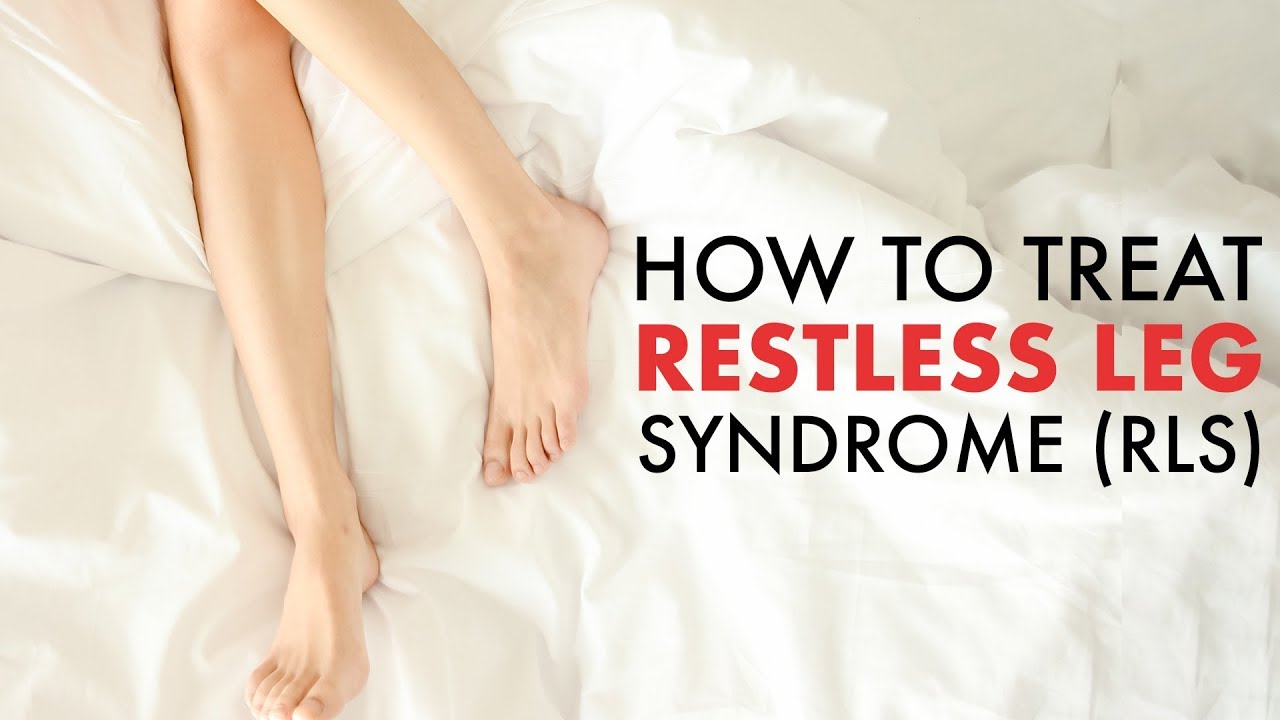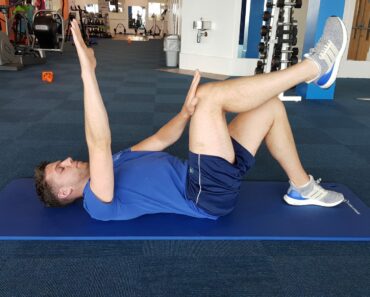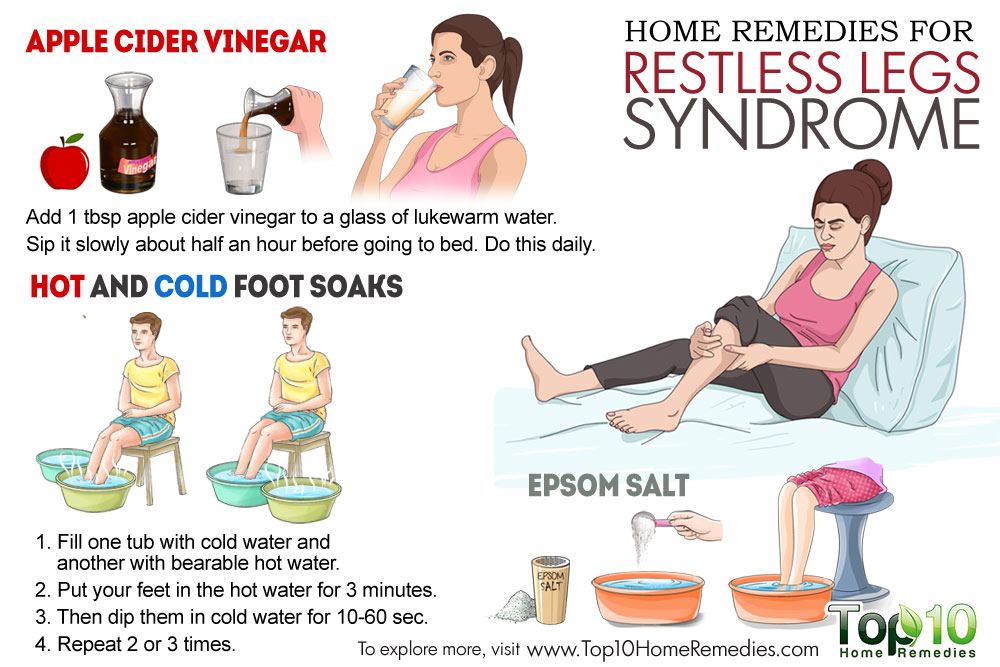Exercise
The right exercise at the right time can help ease restless legs syndrome symptoms. Moderate exercise, especially targeted at the lower body, has been shown to be beneficial for those suffering from RLS. However, be sure to avoid doing rigorous workouts – this can make the condition worse. Instead, aim for 30 minutes of exercise three times a week, ideally during the day. Also, try to relax your muscles before working out, as this can help ease the symptoms.
Positional release manipulation
Using Positional Release Manipulation (PRM) for restless legs syndrome can provide long-term relief. The technique was first developed in the 1950s by an osteopathic physician, Dr. Lawrence Jones. He later used the term “strain counterstrain” to describe the technique.
Vitamins
If you suffer from restless legs syndrome (RLS), you aren’t alone. It affects about 10 percent of Americans by middle age and can be very disruptive to your life. Restless legs syndrome is characterized by an overwhelming urge to move your legs, sometimes involuntarily. The sensation is similar to crawling, aching, or fizzy water in your legs, and it affects your sleep and quality of life.
Iron deficiency
Iron deficiency is one of the causes of restless legs syndrome and is often associated with sleep disturbances. Fortunately, iron supplements can ease symptoms and can help treat restless leg syndrome. Currently, there are many ways to get more iron. Consult your doctor to determine if iron deficiency is a contributing factor.
Lack of sleep
Benzodiazepines, a class of medications used to treat insomnia, may help ease the symptoms of restless legs syndrome. However, these medications may cause daytime drowsiness. Changing your diet or lifestyle may be enough to ease symptoms. If symptoms persist, a doctor may prescribe a dopamine agonist. This type of medication helps increase dopamine levels in the brain, which may help ease restless legs syndrome symptoms. However, it can also cause other side effects, including nausea and dizziness. Rarely, dopamine agonists can cause impulse control disorder.
Soap
Sleeping with a bar of soap in bed may help ease restless legs syndrome symptoms. Studies show that magnesium released by soap while you sleep relieves nocturnal leg cramping. In addition, lavender soap under the sheets has a soothing scent and may also help ease restless legs symptoms. While the method is not proven to work for everyone, many people swear by it.
TENS therapy
TENS therapy is a medication-free treatment that can help people with restless legs syndrome. The electrical impulses stimulate the nerves in the legs, causing a feeling of tingling, aching, burning, and pain. The impulses are usually relieved with movement. Lifestyle changes and medications can also be helpful. In addition to TENS therapy, you can also use compression stockings or foot wraps to relax muscles and reduce swelling.
Moving the affected body part
One way to ease restless legs syndrome symptoms is to move the affected part of the body. This may provide temporary relief for people with the condition. However, restless legs syndrome can interfere with sleep, and not getting enough sleep can worsen the condition. A healthy diet can help people with restless legs syndrome get enough sleep.





